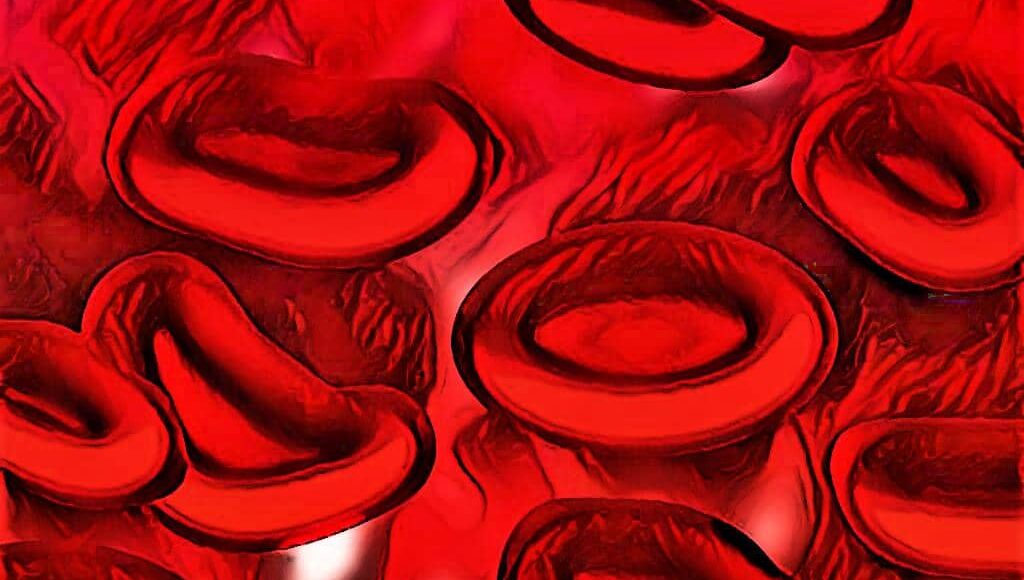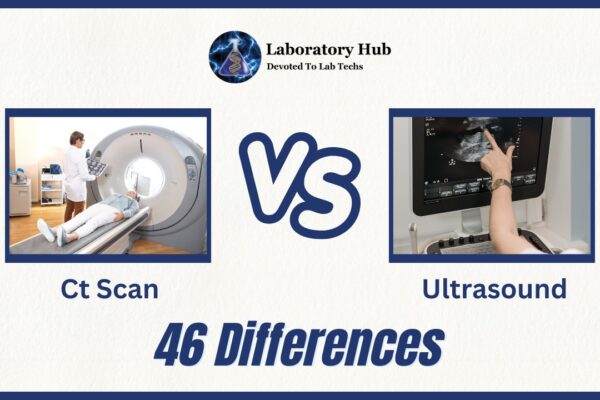Red Cell Indices – MCV, MCH, & MCHC
Hey, good to see you here 😀 …… In this article, we’re gonna discuss in detail the Red Cell Indices, the MCV, MCH, & MCHC ….. If you have any queries, don’t forget to mention in comments….. Thanks
Red cell indices comprise the parameters that reveal the hemoglobin content and physical characteristics of the Red blood cells.
The Red cell indices are a part of Complete Blood Count (CBC), which reveals the complete status of various components of the blood in the individual’s body.
Let’s briefly learn about the Red blood cells and then we’ll proceed for the parameters of Red Cell Indices
[wp-svg-icons icon=”point-right” wrap=”i”]Normal Count of Red blood cells:
- In Males – 4.8-5.5 million/mm3
- In Females – 4.5-5 million/mm3
[wp-svg-icons icon=”point-right” wrap=”i”]The shape of Red blood cells: RBC’s are biconcave discs, this shape helps in rendering the red cells quite flexible so that they can easily pass through capillaries.
[wp-svg-icons icon=”point-right” wrap=”i”]Size of Red Blood Cells: 7.2 µm.
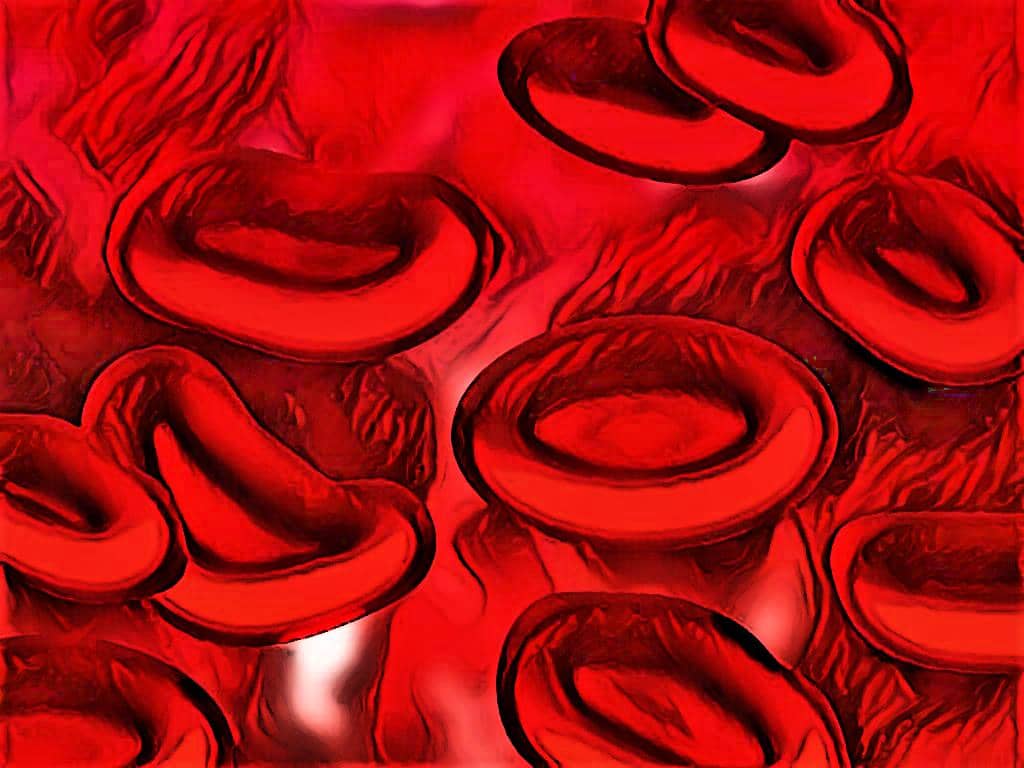
[wp-svg-icons icon=”point-right” wrap=”i”]The nucleus of Red blood cells –Erythrocytes are non-nucleated cells
[wp-svg-icons icon=”point-right” wrap=”i”]Pigment in Red Blood Cells: Iron-containing pigment – Hemoglobin is present – helps in the transport of oxygen from the lungs to tissues and carbon dioxide from tissues back to the lungs.
[wp-svg-icons icon=”point-right” wrap=”i”]The lifespan of Red blood cells –120 days.
Red cell indices include 3 tests – Mean Cell Volume (MCV), Mean Cell Hemoglobin (MCH), and Mean Cell Hemoglobin concentration (MCHC). They are also called the “Absolute values” for Red Blood Cells.
The Values of MCV, MCH, and MCHC are derived from the values of Hemoglobin, Packed Cell Volume (PCV) or Hematocrit and Red Cell Count.
Mean Cell Volume (MCV)
The mean cell volume (MCV) is the measurement of the average size of the red blood cells. The MCV Can be calculated from the values of Packed Cell Volume (in %) and the Total Red Blood Cell Count (in million/mm3) as follows:
MCV = PCV (in %) × 10 / Red Cell Count (in million/mm3)
MCV is expressed in Femtoliters or fl (10-15 of a liter)
[wp-svg-icons icon=”point-right” wrap=”i”]Normal Range of MCV = 80 – 96 fl (varies as per the population served by laboratories)
On the basis of MCV, Red cells are classified as follows:
- Increased MCV – Macrocytes (Macrocytic)
- Normal MCV – Normocytes (Normocytic)
- Decreased MCV – Microcytes (Microcytic)
[wp-svg-icons icon=”point-right” wrap=”i”]Causes Of Increased MCV – Megaloblastic Anemia, Chronic Alcoholism, Liver Disease, Normal Pregnancy, Reticulocytosis, In Newborns, etc.
[wp-svg-icons icon=”point-right” wrap=”i”]Causes Of Decreased MCV – Iron deficiency anemia, Thalassemia, Hemolytic Anemia etc.
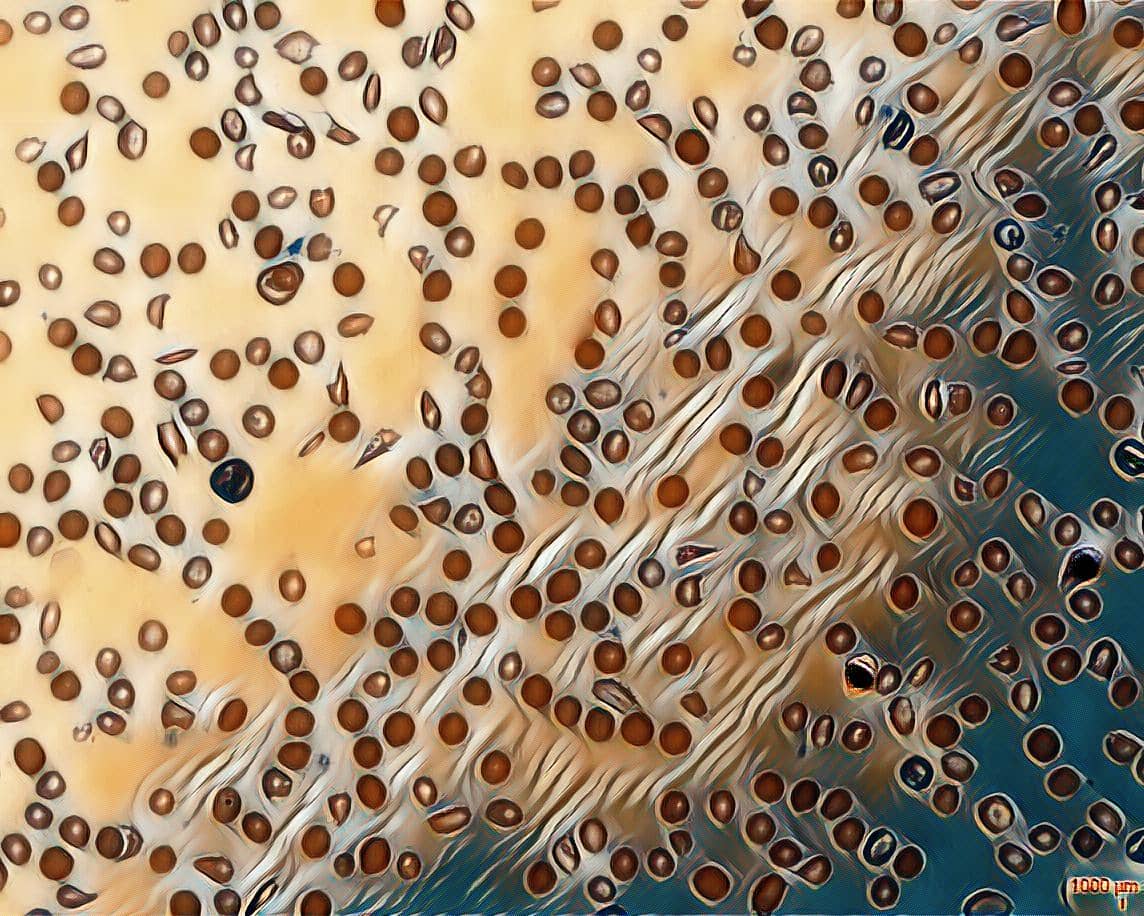
Before proceeding to the other parameters of Red Cell indices that is MCH and MCHC, let’s briefly learn about hemoglobin
Hemoglobin (Hb or Hgb) is a red color pigment present in red blood cells (RBCs) comprises Fe2+ and Globin protein. It is Hemoglobin in RBCs that carries the oxygen from the lungs to the tissues and CO2 from body tissues to the lungs for excretion.
Hemoglobin (Hb or Hgb) is responsible for the appearance of Red color RBCs and blood. Hemoglobin is a chromoprotein consisting of Globin molecule attached to 4 red colored Heme molecules. Hemoglobin synthesis requires the coordinated production of Heme and Globin. Heme is a prosthetic group that medicates reversible binding of oxygen by hemoglobin. Globin is the protein that surrounds and protects the Heme molecule.
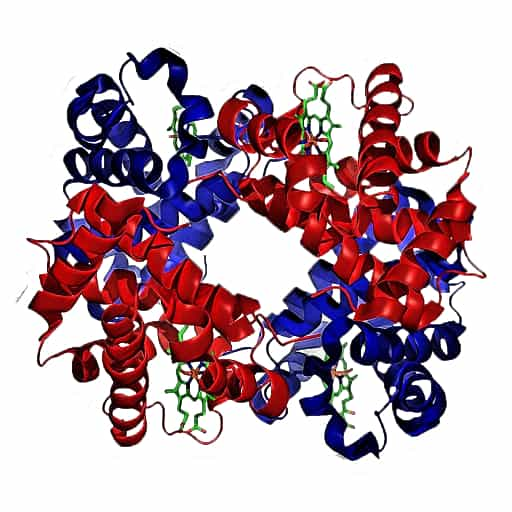
The Estimation of hemoglobin is usually advised with the Red Cell indices to reveal the various physiological and pathological conditions and as a both diagnostic and prognostic test especially in case of suspected Anemia which can be caused by various factors for e.g. – Iron deficiency, Hemolysis of Red cells in excess, Vitamin B12 deficiency, Folic acid deficiency, Thalassemia etc.
Mean Cell Hemoglobin (MCH)
Mean Cell Hemoglobin (MCH) is the average amount of hemoglobin in a single red blood cell. The value of MCH can be calculated from the values of Hemoglobin (in gm/dl) and Total Red cell Count (in million/mm3) as follows:
MCH = Hemoglobin (in gram/dl) × 10/ Red Cell Count (in million/mm3)
The amount of Hemoglobin is very low so it is expressed in picogram or pg (10-12 grams)
[wp-svg-icons icon=”point-right” wrap=”i”]Normal Range of MCH – 27 – 32 pg
[wp-svg-icons icon=”point-right” wrap=”i”]Causes Of Increased MCH – liver diseases, hyperactive thyroid, Chronic Alcoholism, Vitamin B12 and Folate deficiency, complications from an infection, In Newborns etc.
[wp-svg-icons icon=”point-right” wrap=”i”]Causes Of Decreased MCH – Iron Deficiency Anemia, Thalassemia, Folate deficiency, Vitamin B12 deficiency, Celiac disease, Gastric surgery etc.
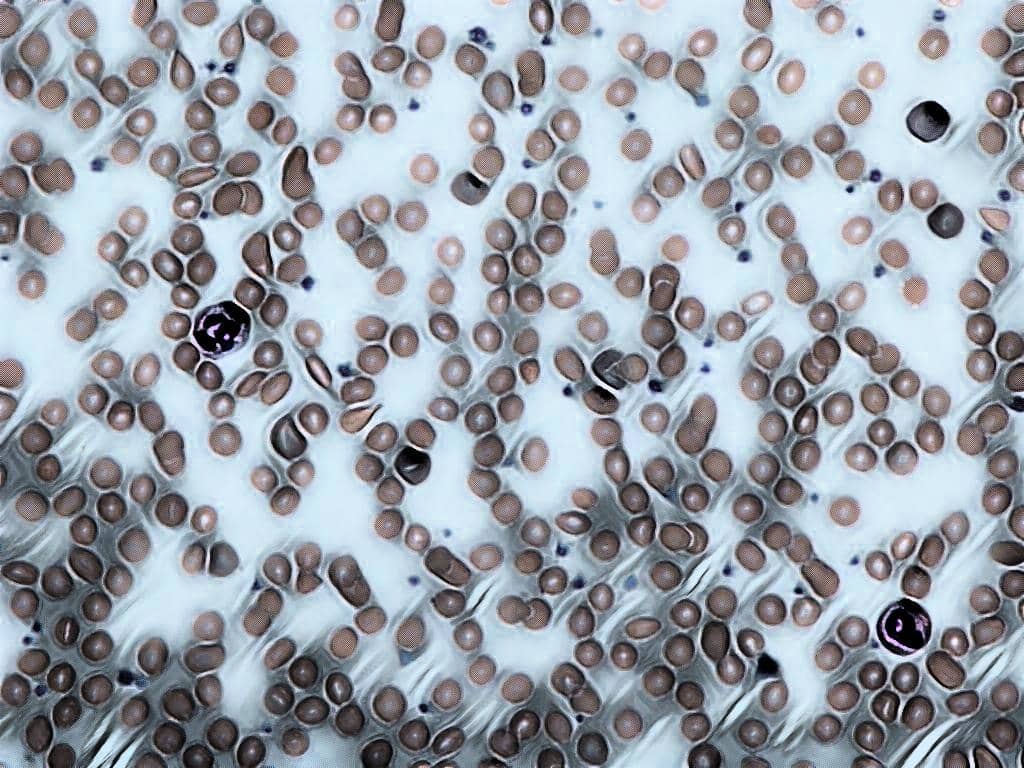
Mean Cell Hemoglobin Concentration (MCHC)
The Mean Cell Hemoglobin Concentration refers to the Concentration of hemoglobin in 1 deciliter or 1 liter of packed red blood cells. The MCHC can be calculated by the Hemoglobin content (in grams/dl) and the Packed Cell Volume (in %).
MCHC = Hemoglobin (in gram/dl) × 100 / Packed Cell Volume (in %)
[wp-svg-icons icon=”point-right” wrap=”i”]Normal Range of MCHC – 30 – 35 grams/dl
[wp-svg-icons icon=”point-right” wrap=”i”]Causes of Increased MCHC – Hereditary Spherocytosis, Autoimmune hemolytic anemia, Systemic Lupus Erythematosus, Lymphoma etc.

[wp-svg-icons icon=”point-right” wrap=”i”]Causes of Decreased MCHC – Iron deficiency anemia, Sideroblastic anemia etc.
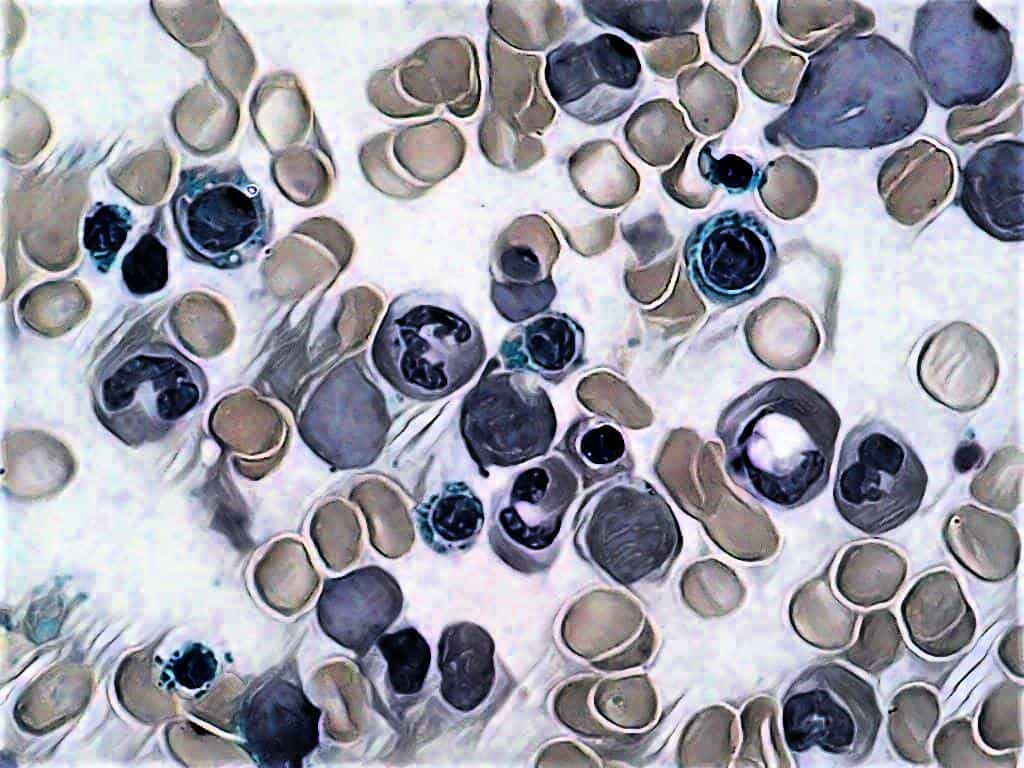
On the basis of MCH and MCHC values, the Hemoglobin content of red cells is described as:
- Increased MCHC – Hyperchromic
- Normal MCHC – Normochromic
- Decreased MCHC – Hypochromic
Uses Of Red Cell Indices
Red Cell indices are mainly used to the Classify the type of anemia as the complete picture of Red blood cells via red cell indices reveals the variation in Size and Hemoglobin content of RBCs and helps the pathologist to classify the type of anemia.
Morphologically, based on the values of Red cell indices, Anemia is classified into three main types as
[wp-svg-icons icon=”point-right” wrap=”i”]Normocytic-Normochromic Anemia – In this type of anemia, RBCs are normal in size and color but reduced in number. The values of MCV, MCH, and MCHC are in normal range but reduced PCV. This type of anemia is commonly found in Acute blood loss, Aplastic anemia, Sickle Cell Anemia and in Chronic diseases etc.
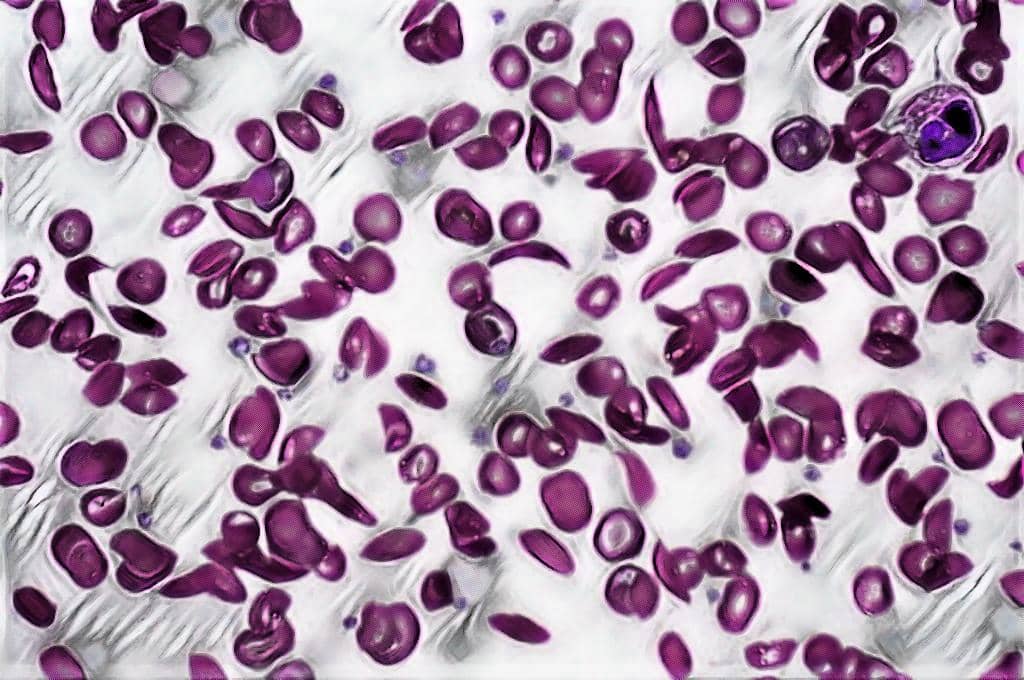
[wp-svg-icons icon=”point-right” wrap=”i”]Microcytic Hypochromic Anemia – As the name suggests, in this type of anemia the red cells are small in size and pale colored, characterized by decreased red cell count, Hb and PCV values. The MCV, MCH, and MCHC values are also reduced. It is commonly observed in Iron & Folate deficiency and Thalassemia.
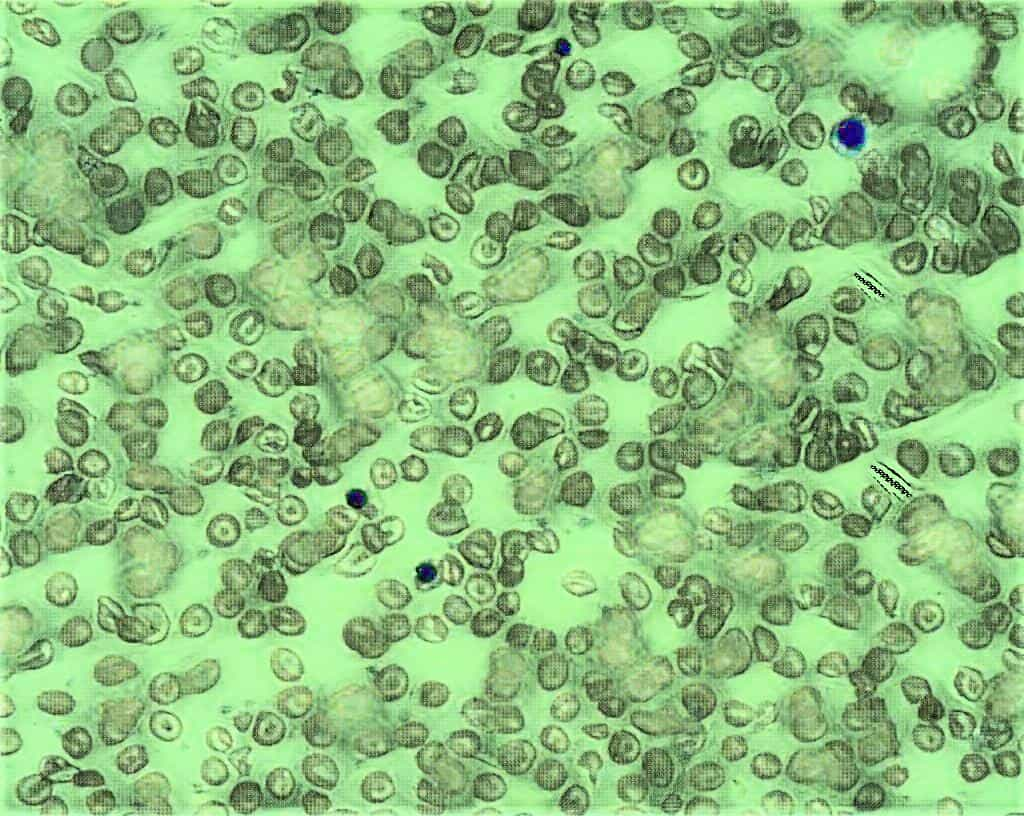
[wp-svg-icons icon=”point-right” wrap=”i”]Macrocytic Normochromic Anemia – In this type of Anemia the size of the Red blood cells are increased with normal color and no central pale portion. RBCs are reduced in number with low hemoglobin content with high MCV and MCH values and the normal MCHC value. It is commonly observed in Pernicious anemia, Folic acid, and Vitamin B12 deficiency and in Aplastic anemia.
The Red Cell Indices also helps in the Differentiation of Iron deficiency anemia from the Thalassemia trait as, In Iron deficiency, the MCV, MCH, and MCHC are low whereas in case of Thalassemia trait, MCV and MCH are low and the MCHC is Normal.
Frequently Asked Questions (FAQs)
High MCV, MCH, and MCHC levels in a blood test can indicate the presence of anemia, a condition where there are not enough red blood cells or hemoglobin in the blood. These levels indicate that the red blood cells are larger than normal, contain more hemoglobin than normal, or are more concentrated with hemoglobin than normal.
Low MCV and MCH levels can also indicate anemia, but specifically, it could be due to iron deficiency anemia or thalassemia. Its better to consult with a doctor to determine the real causes and for the suitable treatment.
A low MCV level could indicate anemia or other underlying medical conditions, so it is important to consult with a healthcare provider for further evaluation and treatment if necessary.
Treatment for low MCV and MCH levels depends on the underlying cause. If it is due to iron deficiency anemia, treatment may include iron supplements or dietary changes. In cases of thalassemia, treatment may include blood transfusions, bone marrow transplants, or medication to help produce more red blood cells.
Low MCH levels may indicate anemia, specifically iron deficiency anemia or thalassemia. Other factors that may cause low MCH levels include chronic diseases, nutritional deficiencies, or medications that affect red blood cell production.
There is no specific cancer that causes low MCV levels. However, cancer or chemotherapy treatments may cause anemia, which can result in low MCV levels.

